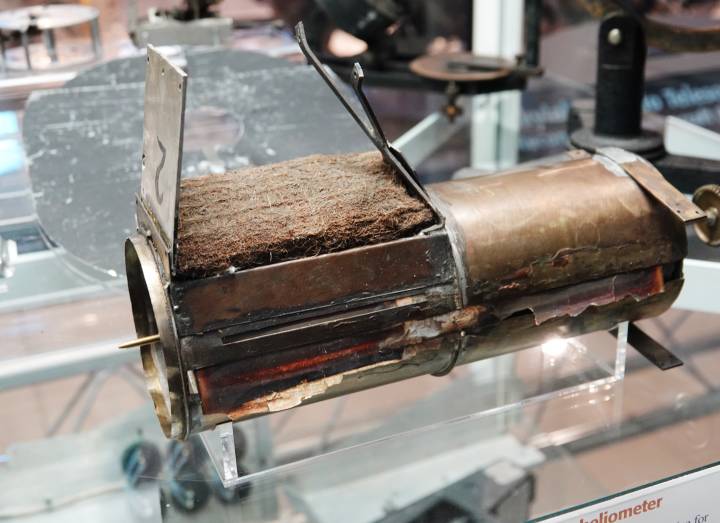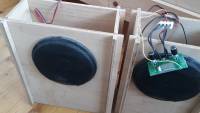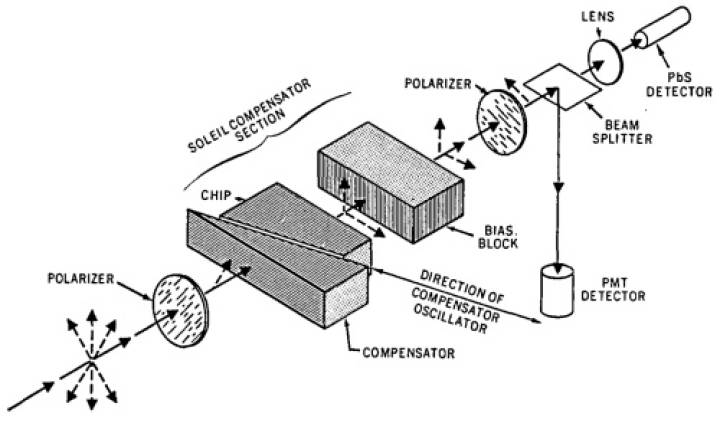Table of Contents
Some preparations for the implementation of the tryptic
- Succour
- MAGELLAN-20
- SUNIFICATION-21
- KRA.LAND: (StudioAsOrganizm + Tubeland 2019-22)
TEST-LABO-WORK 2019
In this section we are developing the blueprints for an instrument to measure the basic properties of sunlight, CO2 amounts, additional environmental information, air particles and other polutions.
For the moment we are looking into building a cheap and accurate mobile/portable device, and start working with data acquisition. This is the necessary technical part.
References, instructables:
- next to uv+ir+visiblelight+hum+baro+temp add particles analyzer and co2
In a second section the historical and contemporary cultural-artistic references will be commented.
In a third section the building up the 1-year installation is to be documented in its progress.
Additionally collaborations and references will be added. For the moment we are reading into the physics of light that is producing matter, land use and geo engineering issues. Soon a lot more about this all here…
contacts and development group:
- Alejandra Pérez Nuñez (artist, curator, scientist, org. land use projects)
- Petr Ferenc (artist, chief publisher http://hisvoice.cz, curator Ceské Muzeum Hudby)
- Lieven Menschaert (LUCA EMRG groep, data visualisation)
- Judith Van der Elst (Dr. in anthropologie en bioengineering, content advice)
- Stefano Manconi (inventor, bastl instruments Brno, sonification)
- Vit'a Homolka (IOT programmer and designer, ecologist)
- Honza Polívka (artist, organizer, ecologist)
- Geza Roman Bopp (artist, musicologist, musician, artisan, radiomaker)
- Joren Six (programming and electronic engineer, database expert, experimental scientific device builder)
- Gívan Belá (coordination, development, aesthetics, installation and documentation)
current support
GENERAL
There are some explanations available online, that can function as an update to your basic knowledge of physcs:
If we want to acquire data we have to look into sensors that track the basic components of sunlight
sunlight = 1 UV light <0.8µm 2 infrared radiation >0.4µm 3 visible light <0.4-0.8µm>
There are also quite some phenomena that we can look into:
- refraction of sunlight
- absorbation: carbon, water, ozone filter, air molecules and dust particles
- blue light = more scattered light than red wavelengths
Of interest is the idea that all flora + fauna are influenced by a simple formula:
DayLength + CO2 = geological layers formed by it?
Also:
- the energy in wind comes from the sun, so do the colours of skies and clouds
- as a side-project, we can look into katabatics: air is moving faster around the poles
- technically antarctica is a desert, very dry!
Idea development in 7 chapters
- scientist technicians artist content exchange meetings interviews cultural references – start with raymond roussel 'locus solus' and a quote…
- solar panels and batteries, turn off and start up control of all equipment
- IOT sensors in front of the windows, can be all different depending on position and function
from small to big data, fast and slow, whatever fits or not
at the receiver end machine learning to make models out of this over 1 year time - sonification: basically we want to bring out the infrared, visible light, UV (bass, mid, high)
then during the day the colour of the environment (air, clouds) may change due to the atmosphere
[finally related is also wind and cloud fluctuations, temperature, humidity, ozone and air particles also? but I don't want to make a conventional weather station]
IOT and machine learning for making sense of the massive amount of incoming data (see 2)
sonification on the sample level, analogue in referential lengths (bass, mid, high)
what is the sound of the sun (can only be heard on earth)
closest to nature = theremin? but with combinatorial oscillations like OMSynth and new synthesis with NSynth
so, either javascript, python (ML libraries like TensorFlow, Scikit, Theano, Matplotlib, Seaborn, etc.. for Python or TensorFlow.js, Brain.js, Convent.js, Webdnn, Deeplearnjs, Compromise, ml.js etc for Javascript)
or puredata (ml-lib), or supercollider (see: https://community.dur.ac.uk/nick.collins/teaching/supercollider/advanced/machinelearningresources.scd) - visualisation of 1 year of data, but also of remarkable events/combinations/activities resulting
maybe the geological layers are interesting as a constant building up of soil defined by sun and wind
I would be in favour to work with small battery operated cheap lcd screens - spatiality sound: either ambisonics, on each level 8 speakers, bottom floor 4x subs, but that is so classic
so better: fm transmitted into headphones, radioreceivers, phones, internet…
spatially defined according to the place of the visitor in the building
areas of sending and receiving sound with Tetsuo Kogawa's FM transmitters
method for 2019
monthly meetings with specific subthemes, inviting each time another expert \\ monthly work sessions, inviting experts with necessary technical skills \\
Measurements
- Pyranometer: for measurement of global solar radiation
- Albedometer: for measurement of solar radiation and reflection
- Pyrheliometer: for measurement of direct solar radiation
- Pyrgeometer: for measurement of infra red radiation
- Net radiometer: for measurement of radiation balance
Pyranometers
The oldest principle seems to be measuring the temperature of a white and black ring in the sunlight. But nowadays there seem to be a lot of materials and designs for experimenting and making DIY measure tools.
- https://www.apogeeinstruments.com/su-100-ss-uv-sensor/
used in https://www.14core.com/working-on-pyranometer-with-apogee-su-100-si1145-radiation-sensor/
also see: https://learn.adafruit.com/adafruit-si1145-breakout-board-uv-ir-visible-sensor/overview
or make wearables with the https://www.adafruit.com/product/1981 - https://www.cooking-hacks.com/solar-radiation-sensor (for their waspmode thingies)
Using an Arduino or Raspberry pi, the following ready to make designs are online available:
Other electronic components for extending the sunlight measurements
Tetsuo Kogawa (FM transmitters)
Light to Frequency Converter - TSL235R
UV
BH1750GUVA-S12SD
- sparkfun DEV-15089 UV Light Sensor Breakout sparkfun
sparkfun VEML6075
LUX TSL-2561
AMBIENT LIGHT TEMT-6000
Other sensors
COLORPAL
color recognition TCS3200
infrared detection
CO2 sensors – MQ 135 (may be too inaccurate)
ozone sensors
- MQ131 Ozone O3 Gas Sensor
dust particles
humidity/temperature
BME280 I2C or SPI Temperature Humidity Pressure Sensor
more partially interesting things (interesting combination UV gas temp/hum)
cloud sensor (expensive)
solar operated rpi
First test and introduction: RPI sunlight sensing project
- also available on adafruit https://learn.adafruit.com/adafruit-si1145-breakout-board-uv-ir-visible-sensor/overview
… and if we need to add a weather station (wind dir/speed temp hum barometer CO2 particles) expand use maybe a peer-to-peer network with arduinos and raspberry pis and a homeserver? (ask gepeto and dom)
the future is as speculative as the past?
expand the 'studio as organizm (Kra-Sao)' and the Tube-Observatory with mobile units (to be placed in several places):
- sun (light, colour) and wind (air flow)
- ozone, CO2 and particles
- weather station temperature, humidity, barometer, …
- garden and water kits
- data home server
- indoor sonification ambisonics 7.1
- outdoor solar amps multichannel
- FM transmissions




